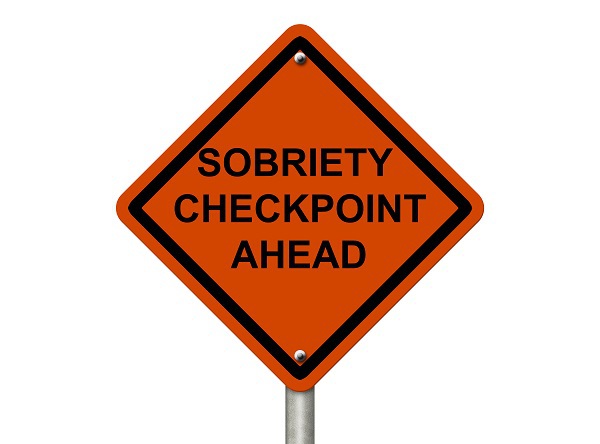In most cases, a police officer needs to have probable cause to pull you over on the side of the road. However, the Supreme Court made an exception to this rule by allowing police officers to set up DUI checkpoints. This doesn’t mean that a police officer can stop any driver and claim it is part of a DUI checkpoint, though. The Colorado Department of Transportation (CDOT) has released guidelines that law enforcement officers are supposed to comply with at checkpoints.
The Selection of the Checkpoint Location
Law enforcement officers need to consider a number of factors when choosing the location of the checkpoint to ensure that having the checkpoint will not put drivers or officers in harm’s way. For example, if a road has a high speed limit and a lot of traffic, it may not be safe for an officer to stand on the side of the road to perform sobriety checks. It also won’t be easy to pull drivers over for the checkpoint without interrupting the flow of traffic. For these reasons, this type of location would not be recommended.
Warning Signs
The guidelines also state that law enforcement officers need to warn drivers that they are approaching a sobriety checkpoint. This can be done with warning signs, road closures, or traffic cones.
Police Presence
People may feel uncomfortable pulling over on the side of the road if they don’t see uniformed police officers at the checkpoint. If someone who is in an unmarked car or not wearing a uniform is running the operation, drivers may think it is not a legitimate checkpoint. To make drivers feel more at ease, there must be a strong police presence with uniformed officers and marked vehicles.
Choosing Which Vehicles to Stop
Law enforcement officers must decide what type of approach to take when choosing which vehicles need to be stopped. Even at a checkpoint, it is illegal to stop vehicles at random. It is legal to develop a system where every third or fifth vehicle is stopped. If any changes need to be made to the system, the change must be documented with an explanation as to why it was needed. For example, officers may decide they need to pull over every tenth vehicle instead of every fifth because of traffic congestion. If this happens, the officers need to document that the reason the change was made was to ensure the checkpoint did not interrupt the flow of traffic.
Were you arrested for DUI at a checkpoint? If so, contact Reisch Law Firm today. The first thing our criminal defense attorneys will do is make sure that law enforcement was following the proper protocol at the DUI checkpoint. Schedule a free consultation today by calling 303-291-0555 or filling out this online form.


